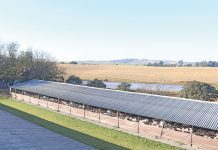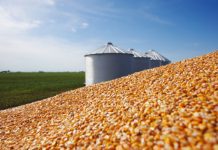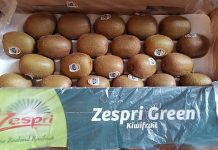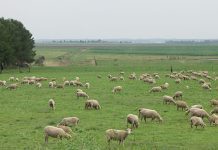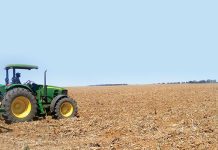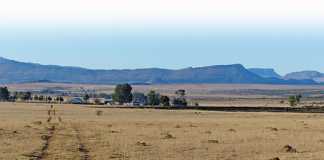Income is what we work for. Without it, we can’t pay for anything. In the past, people bartered their goods by the supply-and-demand theory. Though the supply-and-demand theory still rules today, we need money to pay for things.
We’ll use the simple cash-flow model, so please refer to the example on the right. A new businessperson can use it without the input of a financial expert. But don’t feel embarrassed to ask for assistance, as there are many people willing to help.On our cash-flow spreadsheet/statement, we begin at the top of the page with a “balance brought forward”.
Hopefully this will remain a credit (money belonging to you) and not a debit (money belonging to the bank or another lender).Even though this money is already in the bank, we add it to the other income that is deposited into the bank during the month. This shows all the available money you have for spending.
Some farmers prefer to work with cash rather than pay bank charges. But you still have to keep track of the money to keep accurate records. It’s essential to reflect the income in the month it’s expected to be deposited into the bank, not before.Before starting a cash-flow projection, list all the possible sources of income.
Then place this income in the month it’s expected to be deposited and write it into that column on your spreadsheet. (A spreadsheet is a simple, framed box with vertical and horizontal lines forming blocks containing your figures). Once all the potential income has been listed, we end the income section of the document with a “total income” row.When we list the months at the head of our cash flow, we usually start with the first month of our financial year, which is our business and tax year.

